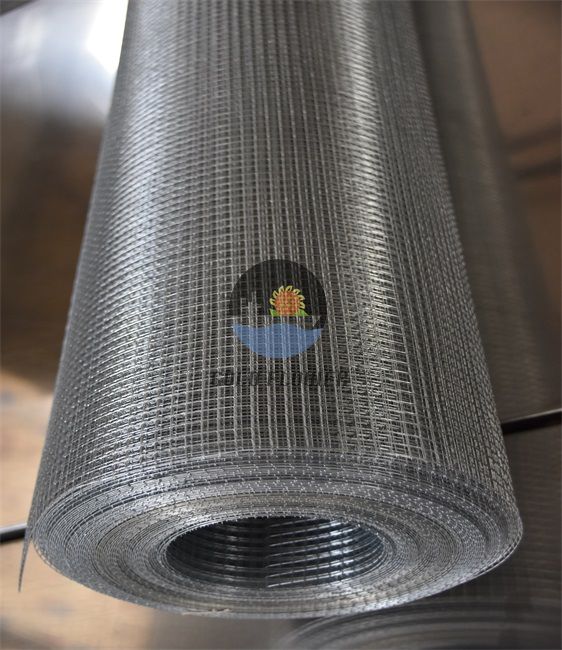Aug . 14, 2024 22:25 Back to list
CE Certified Fencing Solutions with Durable Iron Wire Mesh for Enhanced Security and Protection
CE Certification for Fencing Net An Overview on Iron Wire Mesh
Fencing nets have become an essential product in various applications ranging from agriculture, sports, security, to construction. Among the key factors influencing their quality and applicability is CE certification. This article explores the significance of CE certification, particularly for iron wire mesh used in fencing nets, along with its implications for manufacturers and consumers alike.
What is CE Certification?
CE marking is a certification mark that indicates conformity with health, safety, and environmental protection standards for products sold within the European Economic Area (EEA). The CE marking process involves rigorous assessments and tests to ensure that products comply with EU legislation. For manufacturers, obtaining CE certification is not just a legal obligation but a vital component of gaining consumer trust in the quality and safety of their products.
Importance of CE Certification for Fencing Nets
1. Safety and Reliability Fencing nets made from iron wire mesh must adhere to strict safety protocols. CE certification ensures that the materials used are durable and capable of withstanding various environmental factors. This is particularly important in applications where the fencing plays a critical role in safety, such as in zoos, agricultural settings, or construction sites.
2. Enhanced Marketability For manufacturers, obtaining CE certification can significantly enhance marketability. It serves as proof that their products meet the required safety and performance standards, which can provide a competitive edge in a crowded marketplace. Consumers today are increasingly concerned about product safety; therefore, certified products are more likely to attract buyers.
3. Legal Compliance In the European market, selling non-compliant fencing products without CE marking can lead to severe penalties, including fines and restrictions on market access. Manufacturers must ensure that their iron wire mesh products are compliant with the relevant directives, such as the General Product Safety Directive and the Low Voltage Directive, among others.
4. Quality Assurance CE certification implies that a thorough evaluation has been conducted, which often includes testing the mechanical strength, corrosion resistance, and longevity of the fencing material. This assures consumers that the fencing nets they purchase are of high quality and can serve their intended purpose effectively.
ce certification fencing net iron wire mesh

The Certification Process
To obtain CE certification for iron wire mesh fencing nets, manufacturers must follow a series of steps
1. Product Assessment This step involves assessing the product against the relevant EU directives and standards to determine the required level of testing.
2. Technical Documentation Manufacturers must prepare extensive technical documentation demonstrating compliance. This includes specifications of the materials used, production processes, and test results.
3. Testing Products often need to undergo rigorous testing by accredited laboratories to prove their compliance with safety and performance standards.
4. Declaration of Conformity After successful testing, manufacturers must compile a Declaration of Conformity, which asserts that their product meets all relevant requirements.
5. Affixing the CE Marking Finally, once all documentation is complete and the product passes the assessment, the CE marking can be affixed to the fencing nets, allowing them to be marketed within the EEA.
Conclusion
In summary, CE certification for fencing nets made from iron wire mesh is not just a regulatory requirement but an essential step towards ensuring product safety, reliability, and market acceptance. For manufacturers, it symbolizes commitment to quality and consumer protection, while for consumers, it guarantees that the products they use meet stringent safety standards. As industries evolve and consumer expectations rise, the value of CE certification will only continue to grow, solidifying its role in the fencing net market.
share
-
Safety Mesh for Windows – Durable Mosquito and Insect Protection Solutions
NewsJul.08,2025
-
12x24x1 Air Filter – High Efficiency Replacement for Improved Air Quality
NewsJul.08,2025
-
Premium Stainless Steel Mosquito Mesh - Durable, Rust-Resistant Protection for Windows & Doors
NewsJul.08,2025
-
Premium Stainless Steel Garden Mesh for Lasting Durability Best & High Quality Mesh Solutions
NewsJul.07,2025
-
Gold and White Blackout Curtains – Elegant Light Blocking & Insulation for Home
NewsJul.07,2025
-
Premium Spa Filter Cartridge for Clean Water Spa Pool Filters Cartridges for Jacuzzi Durable, high-efficiency spa filter cartridge for spas and jacuzzis. Improve water quality—order your pool filter cartridge now!
NewsJul.07,2025

